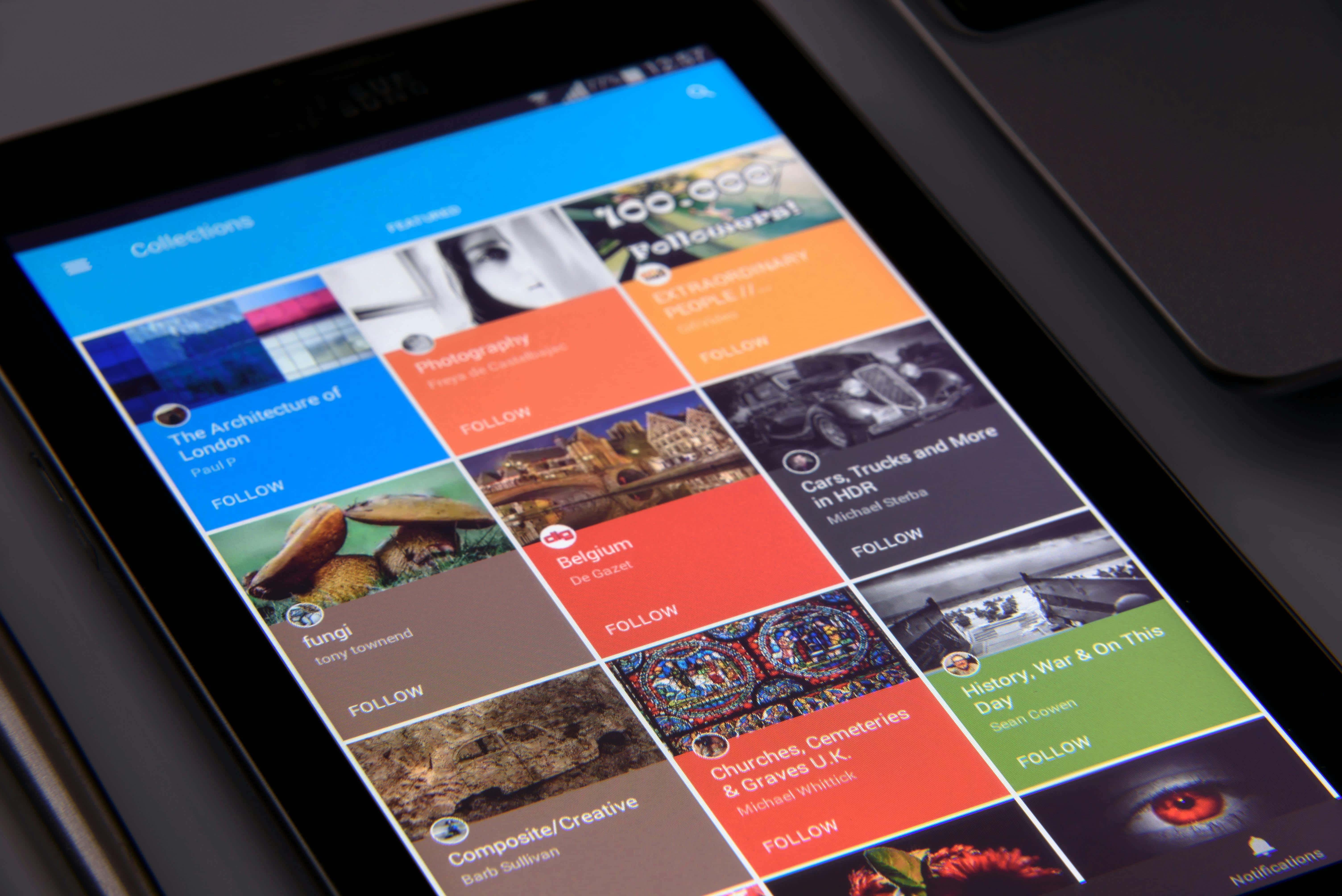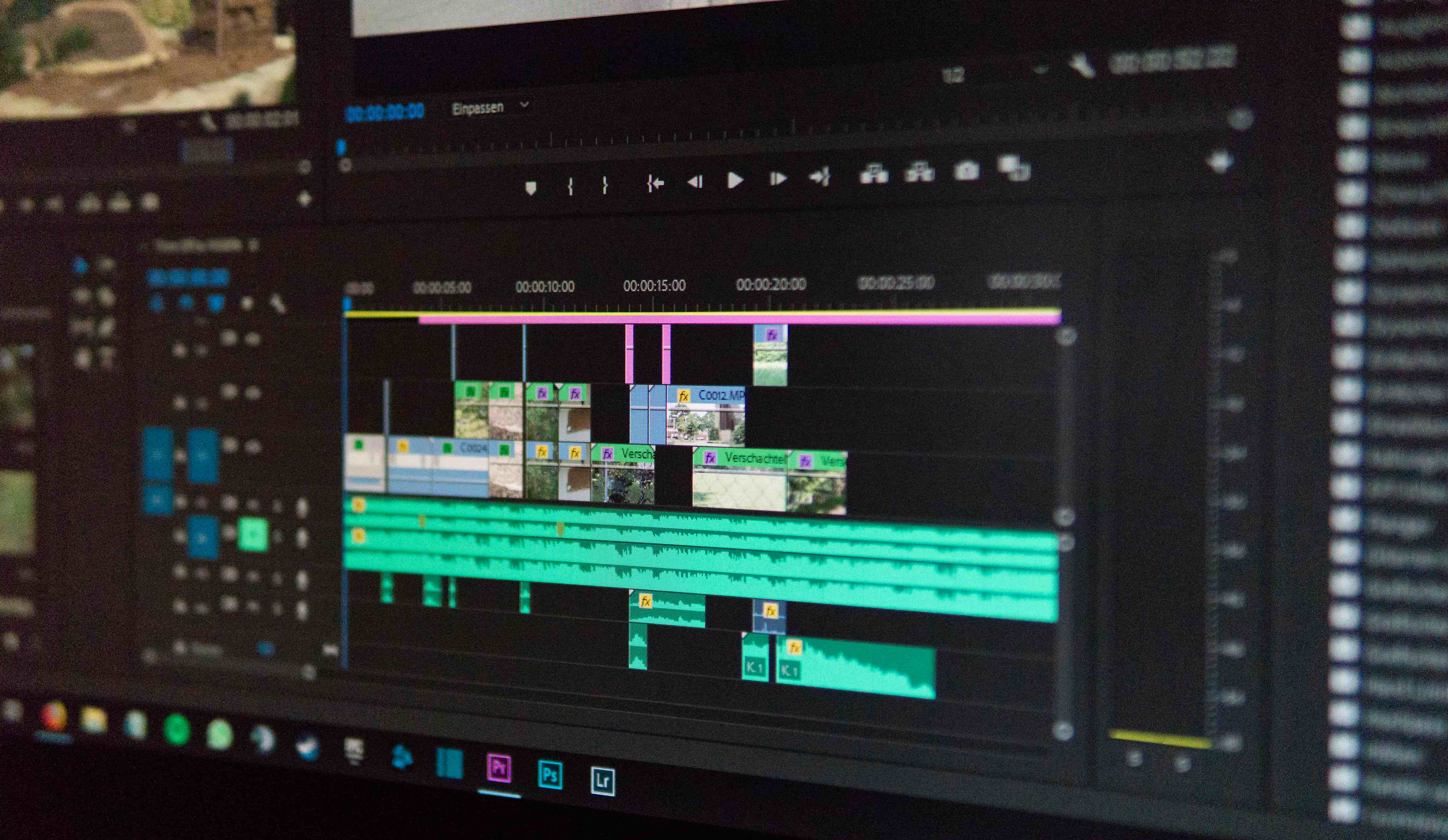Imagine scrolling through an online store, not just watching a product demo but actually clicking on items within the video to explore colors, sizes, or even branching off to see how it fits into your daily life. That's the magic of interactive videos—content that doesn't just play out but invites you in, letting choices shape the narrative. As global audiences grow more diverse, localizing these experiences isn't just a nice-to-have; it's becoming essential for brands aiming to connect on a deeper level. But how do you adapt something as dynamic as a choose-your-own-adventure video for different languages and cultures without losing its spark? Let's dive into the nuts and bolts of interactive video localization, unpacking the hurdles and the game-changing opportunities it presents in fields like e-commerce, online education, and marketing.
Understanding Interactive Video Localization
At its core, interactive video localization goes beyond simple subtitling or dubbing. We're talking about videos with branching paths, where viewers decide what happens next; clickable hotspots that reveal more info or trigger actions; and personalized paths tailored to user preferences. Localizing these means translating not only the dialogue but also the interactive elements—ensuring buttons, prompts, and outcomes resonate culturally and linguistically.
Think of it like adapting a video game for international release. You can't just swap out the text; you have to consider how cultural nuances affect choices. For instance, a branching scenario in a marketing video might offer options based on local holidays or preferences. Done right, this creates a seamless, immersive experience. But getting there involves juggling multiple layers: audio, visuals, scripts, and the underlying tech that powers the interactions.
The Technical Challenges: Navigating Complexity
Localizing interactive videos isn't straightforward. One major hurdle is managing complex scripts and assets. Unlike linear videos, these have multiple storylines, each with its own dialogue, visuals, and timing. A single change—like translating a prompt—can ripple through branches, requiring re-syncing of audio, subtitles, and hotspots. Tools like branching logic in platforms such as Vimeo or Cincopa help, but they demand meticulous planning to avoid glitches.
Asset management adds another layer of difficulty. Interactive elements often include embedded links, quizzes, or 360-degree views, all of which need cultural adaptation. What if a hotspot in an English video points to a U.S.-specific product? In a localized version for Japan, it might need to reference a local equivalent, complete with adjusted visuals and voiceovers. This can balloon production time and costs, especially when dealing with high-definition assets across dozens of languages.
Then there's the tech stack. Ensuring compatibility across devices and platforms is tricky enough in one language; multiply that by global variations in internet speeds or preferred apps, and you've got a real puzzle. According to industry reports, the localization sector is booming precisely because of these demands, with the global language services market hitting $71.7 billion in 2024 and projected to reach $75.7 billion by 2025. Yet, for interactive content, many teams still grapple with fragmented tools, leading to inconsistencies that can frustrate users and dilute engagement.
Despite these challenges, companies specializing in this niche are stepping up. Take Artlangs Translation, a veteran in the field with expertise in over 230 languages. For years, they've focused on translation services, video localization, short drama subtitle localization, game localization, and multilingual dubbing for short dramas and audiobooks. Their track record includes numerous successful cases where they've handled intricate interactive projects, ensuring cultural fidelity while managing complex assets efficiently. Partnering with such experts can turn these obstacles into streamlined processes.
Unleashing Potential in E-Commerce
An example of branching paths in an e-commerce interactive video, allowing users to explore products dynamically.
In e-commerce, interactive videos are revolutionizing how we shop online. Picture a fashion brand's video where you click hotspots to try on outfits virtually or branch to different styles based on your choices. Localized versions take this further, adapting to regional tastes—like swapping Western formal wear for traditional attire in Asian markets.
The payoff? Data shows interactive videos boost engagement by up to 300% compared to standard ones, with 43% of consumers preferring them. In e-commerce, this translates to higher conversion rates; 87% of marketers report videos increasing sales. By localizing, brands tap into global markets more effectively, making shoppers feel seen and valued. Artlangs Translation, with its rich experience in video and game localization, has helped clients create such tailored experiences, drawing on successful cases in multilingual dubbing to ensure voices and interactions feel authentic.
Transforming Online Education
Hotspots in an educational interactive video, enhancing learner interaction with quizzes and choices.
Online education thrives on engagement, and interactive videos deliver just that. With branching paths, students can explore topics at their pace—say, diving deeper into a science concept via hotspots or choosing scenarios in language lessons. Localization makes this accessible worldwide, translating content while adapting examples to cultural contexts, like using local historical events in history modules.
The impact is measurable: Interactive formats keep learners hooked longer, improving retention rates. In fact, 89% of businesses now use video in training, recognizing its role in boosting outcomes. For global platforms, localized interactive videos bridge language barriers, fostering inclusive learning. Firms like Artlangs, proficient in short drama and audiobook dubbing across 230+ languages, bring nuanced expertise here, with case studies showing how they've localized educational content to enhance user experiences without losing interactivity's essence.
Revolutionizing Marketing Strategies
Personalized interactive video in marketing, driving action through tailored experiences.
Marketing is all about standing out, and interactive videos cut through the noise. Personalized paths let viewers steer the story, clicking hotspots for custom offers or branching based on interests. Localizing amps this up—imagine a campaign video that adjusts humor or references to fit cultural norms, making it more relatable.
Stats back this: 91% of businesses leverage video marketing, with interactive elements spiking engagement. The video localization market itself is set to grow from $3.75 billion in 2025 to $6.97 billion by 2034, driven by demand for such advanced content. Artlangs Translation excels in this arena, offering years of focused service in subtitle localization and multilingual dubbing, with proven cases that help marketers deliver compelling, localized interactive campaigns.
Looking Ahead: Why Now Is the Time
As video is poised to dominate 82% of internet traffic by 2025, ignoring interactive localization means missing out on deeper user connections. The challenges are real, but with advancing tools and specialists like Artlangs Translation paving the way, the rewards—in engagement, sales, and learning outcomes—are immense. Brands that embrace this frontier aren't just keeping up; they're leading the charge in a more interactive, inclusive digital world. If you're ready to elevate your content, starting with expert localization could be your next smart move.











